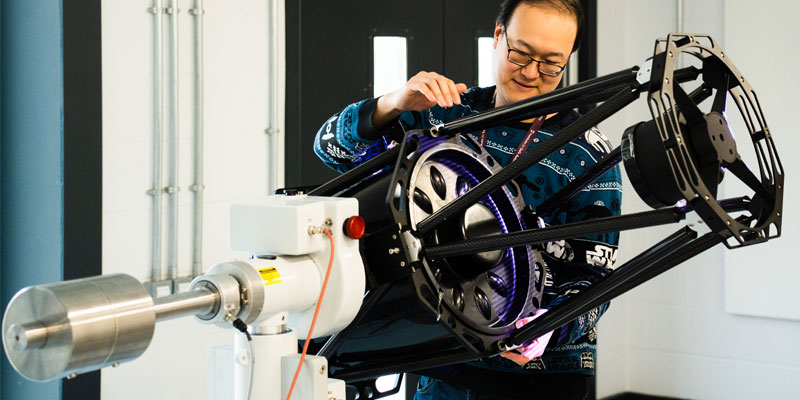
Communications
We are developing resilient communication mechanisms and harnessing quantum-based technology to allow for the efficient operation and assurance of RCAS on land, underwater, in the air, and in orbit.
Communication is fundamental to the operation of RCAS - allowing them to monitor their environment, receive data, interact with external devices, exchange information with other systems, adapt their behaviour, and make themselves accessible to assurance processes.
Such communication must be carried out securely and reliably - with minimum delay times and maximum resilience to the most demanding of operating conditions. It must also remain effective in the face of the rapid expected proliferation of RCAS over the coming decades.
To meet these challenges, our Communications research pillar is able to harness the ISA’s unique array of experimental and laboratory facilities. This gives our team the power to develop, test and enhance the capabilities of a range of communication technologies, and ready them for application in the service of safe autonomy.

“No other facility has the range of testing and laboratory spaces that the ISA does. It gives us a unique capability to design, assess and refine novel communication systems ready for real-world deployment.”
Professor David Grace, Research Lead
Activities and Partnerships
Underwater systems
We are making use of the ISA’s Underwater Lab to work towards the delivery of efficient communications that make use of different acoustic and optical technologies to allow for the safe deployment of autonomous submersible robotic vehicles.